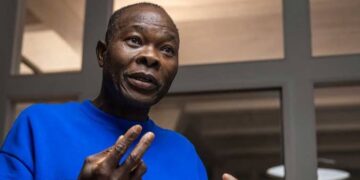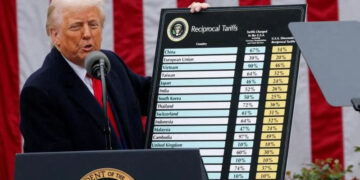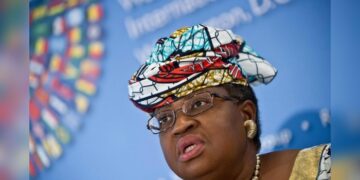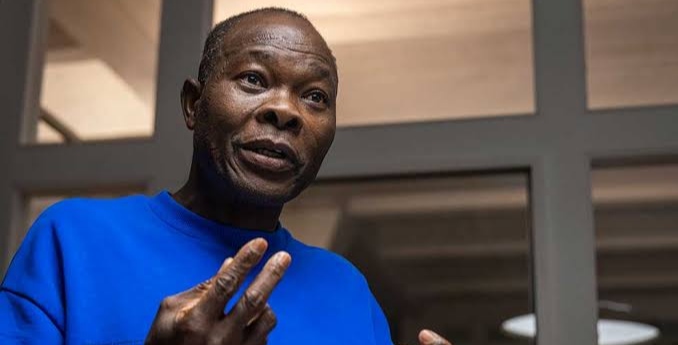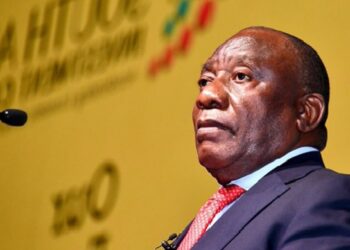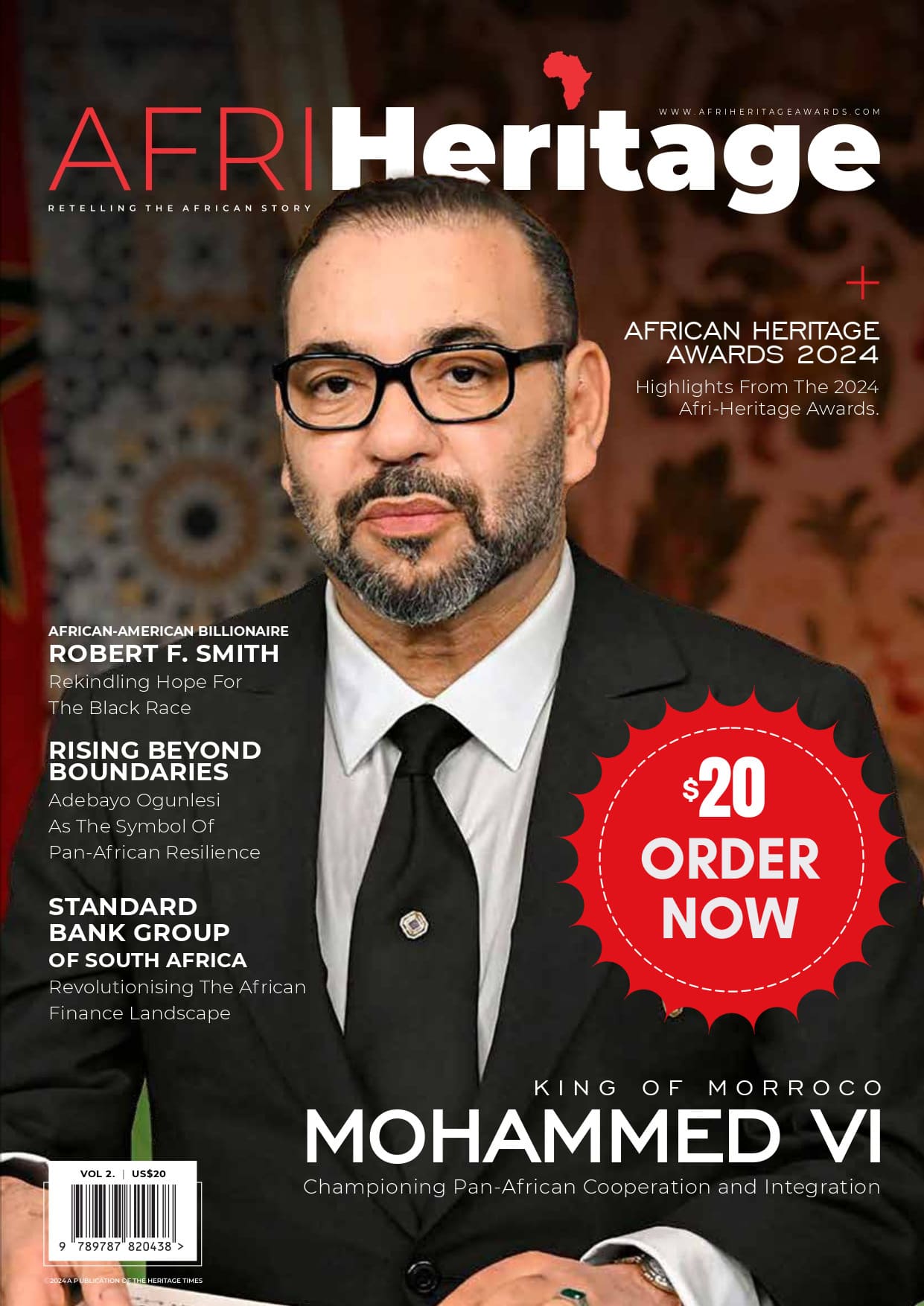By John Ikani
Burkina Faso-born architect, Diébédo Francis Kéré has won this year’s prestigious Pritzker Prize.
Mr Kéré, 56, is the first African to win the award in its more than 40-year history, which is regarded as the highest honour in the field.
In announcing the winner, the jury said the architect “raises fundamental questions of the meaning of permanence and durability of construction in a context of constant technological changes”.
Mr Kéré was praised by members of the jury for combining his architectural works “with the traditions, needs and customs of his country”.
He was also hailed for his “pioneering” designs that are “sustainable to the earth and its inhabitants — in lands of extreme scarcity,” Tom Pritzker, chairman of the Hyatt Foundation that sponsors the award, said in a statement.
Kere, a dual citizen of Burkina Faso and Germany, is the 51st recipient of the illustrious prize since it was first awarded in 1979.
Commenting on the award, Kere said he was the “happiest man on this planet” to become the 51st recipient of the award.
“I have a feeling of an overwhelming honour but also a sense of responsibility,” he is quoted as telling AFP news agency in an interview
The architect’s works include building schools, health facilities, housing, civic buildings and public spaces across Africa, including Benin, Burkina Faso, Mali, Togo, Kenya, Mozambique, Togo and Sudan.
“He is equally architect and servant, improving upon the lives and experiences of countless citizens in a region of the world that is at times forgotten,” said Pritzker.
The son of a tribal chief, Kéré is a graduate of the Technical University of Berlin, where he studied Architecture. He also received training as a carpenter, and by 18, won a scholarship to study woodwork in Germany, where he discovered his love for architecture and switched over from carpentry.
Kéré, who has been a visiting professor at the Harvard University Graduate School of Design, is mostly based in Berlin, Germany, where he established his practice, Kéré Architecture, in 2005.
He is also very involved in the developmental efforts taking place in his homeland, and in 1998, he helped construct public school buildings in Burkina Faso using locally available materials and manpower with an ecologically sustainable approach.
Kere won plaudits for his 2001 project for a primary school in Gando village, in Burkina Faso, where he was born.
Unlike traditional school buildings which used concrete, Kere’s innovative design combined local clay, fortified with cement to form bricks that helped retain cooler air inside.
A wide raised tin roof protects the building from rains while helping the air circulate, meaning natural ventilation without any need for air conditioning.
